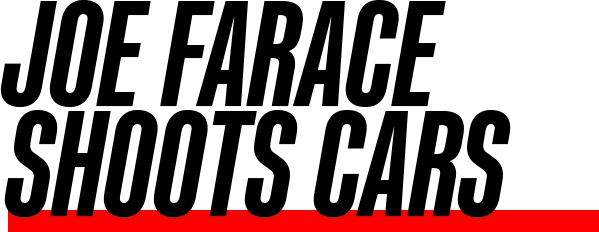Today’s Post by Joe Farace
Although Adobe Systems may have defined the standard, you don’t necessarily need Photoshop to use plug-ins. Compatible plug-ins can be used with many other image editing programs and some but not all plug-ins work with Photoshop Elements. Other plug-ins may not be compatible with programs like Apple’s now-failed Aperture. Not that that matters anymore.
Some software companies have extended their plug-in’s technology to work with Adobe Lightroom but that program’s architecture is very dissimilar to Photoshop. According to Adobe “image processing plug-ins are best utilized through Photoshop.” Adobe differentiates between plug-ins and external editors and Lightroom has the ability to define as many external editors as well as presets that are compatible. Instead, Lightroom’s presets are image-enhancement filters that use a package of settings that can be used to edit your photos so they look …whatever. Since I’m not a use or fan of Lightroom, I don’t have much to say on the subject. Although to me, they seem to resemble Photoshop Actions in how they work.

When working with any plug-in it’s important to remember one of Farace’s Laws of digital imaging is that all special effects are subject dependent. One effect you might like may look great for portraits while another may work best with landscapes, so you may need more than one plug-in. One of my favorite image effects plug-ins—Flood by Flaming Pear Software—was used in the photograph of my (now former) Jaguar XJ-S to give the image the “wet streets” look that’s popular with cinematographers for (mostly) nightime shots that involve cars..
For the above image, I used the Tonal Contrast filter, that’s part of Nik Color Efex package of plug-ins. It allows control over the individual contrast of highlights, midtones or shadows without affecting the rest of the image. This lets you use this filter for highly targeted control of a particular segment of an image’s tonal range. The camera used for this image was a Canon EOS 1D Mark II that I loved but (much) later sold. Lens was the affordable ($199) EF 75-300mm f/4-5.6 at 265mm. Exposure was 1/800 sec at f/8 and ISO 200.
